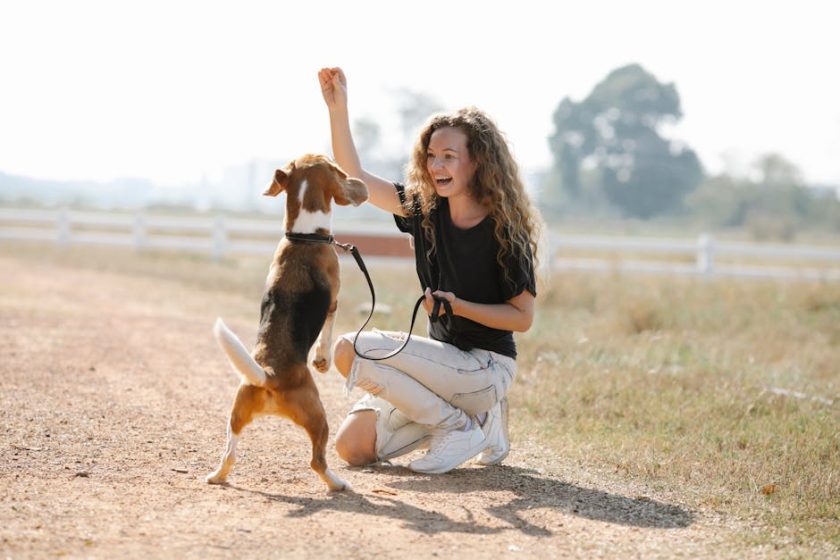So, you've brought home a bundle of fluff and energy, and now you're realizing that "cute" doesn't always equal "obedient." Don't worry, you're not alone. Dog training can feel like a daunting task, but with the right approach and a healthy dose of patience, you can transform your chaotic canine into a well-behaved companion.
First things first, consistency is key. Just like with children, dogs thrive on routine and clear expectations. Establish a regular schedule for feeding, walks, and playtime. This helps them understand the rhythm of their day and reduces anxiety. Consistency also applies to training commands. Use the same words and hand signals every time, and make sure everyone in the family is on the same page.
Positive reinforcement is your best friend in the dog training world. Rewarding good behavior is much more effective than punishing bad behavior. When your dog follows a command, offer praise, a treat, or a favorite toy. Keep training sessions short and fun, and end on a positive note. This helps your dog associate training with good things, making them more eager to learn.
Speaking of rewards, choose wisely. Tiny, high-value treats are ideal for training. You want something your dog loves but that won't fill them up too quickly. Experiment with different types of treats to find what motivates your pup the most. And remember, praise and affection can be just as rewarding as food.
Crate training can be a valuable tool, especially for puppies. A crate provides a safe and secure den for your dog, and it can also aid in housebreaking. Introduce the crate gradually and make it a positive experience by associating it with treats and toys. Never use the crate as punishment.
Socialization is crucial for a well-adjusted dog. Expose your puppy to a variety of people, places, and sounds, starting at a young age. This helps them develop confidence and reduces the likelihood of fear-based behaviors later in life. Enroll your dog in puppy classes or take them to dog parks to interact with other dogs.
Don't be afraid to seek professional help. If you're struggling with specific behavioral issues, a certified dog trainer can provide personalized guidance and support. They can help you identify the root cause of the problem and develop a training plan tailored to your dog's needs.
Remember, dog training is an ongoing process. Even after your dog has mastered basic commands, continue to reinforce good behavior and provide opportunities for mental and physical stimulation. With patience, consistency, and a positive approach, you can build a strong bond with your furry friend and enjoy a happy, harmonious life together.

